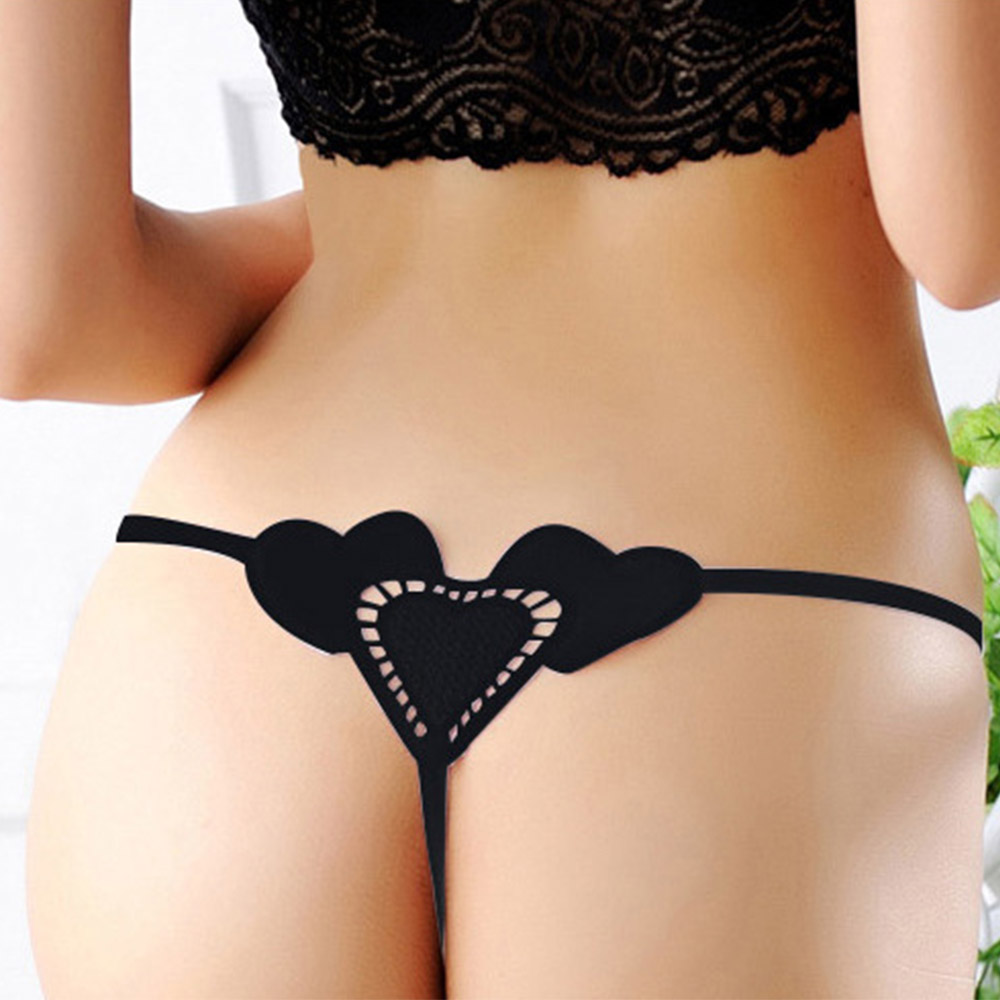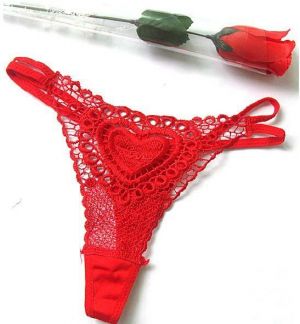

The present Tsugaru Pottery is from a revival that occurred during the Showa Era. During the last years of the Taisho Era, most of the kilns were discontinued.

The beginning of ceramic art in the Tsugaru area was said to have started during the Edo Period, when the 4th lord of the Tsugaru Clan invited a ceramic teacher from Edo and instructed him to make the clan’s household supplies. After painting a design or words to your liking, we will put a string through a hole in the bell and tie it and you are finished! Using different colored paints, you can use a brush to paint the colors to your liking.ģ. We will be using an unglazed ceramic bell.Ģ. It is a perfect souvenir to take home to your family and friends.ġ. The bell is complete when you tie a string on it. You can paint any design or write any words to your liking. You will be able to paint an apple shaped unglazed ceramic bell. The ceramist was given a task to design a toy and using the less busy winter months developed this ceramic bell and ceramic dolls. At this time, when the feudal kiln was first built, there were few toys available for the people of Tsugaru. The start of the making of this bell is said to have been when a Tsugaru feudal lord invited a ceramist from Chikuzen, Kyushu to help with industrial development. The original Tsugaru Dako Kites will be the one using “Hiba”. “Hiba” :Using Japanese Cypress for the frame There is a class available where you can make the kite from the beginning by adding paper to the frame. Using special colored dye, you will paint the kite to complete it. Using a special “Botanbake” brush you will draw the hair.ģ. Place the washi paper on top of the design and you will sketch directly using sumi (India ink).Ģ. The Tsugaru Dako is considered one of the three finest kites of Japan, together with the Rendako(a train of kites) of Nagasaki and the O-Dako (giant kite) of Shirone.ġ. Instead of the bamboo frames typically used for Japanese kites, the frames of the Tsugaru Dako are made of hiba, a Japanese cypress indigenous to Aomori. Most of the kites are illustrated with pictures of heroic feudal warlords. The Tsugaru Dako Kites were first produced as children’s toys by lower-class samurai forced to take on side jobs by poverty.


 0 kommentar(er)
0 kommentar(er)
